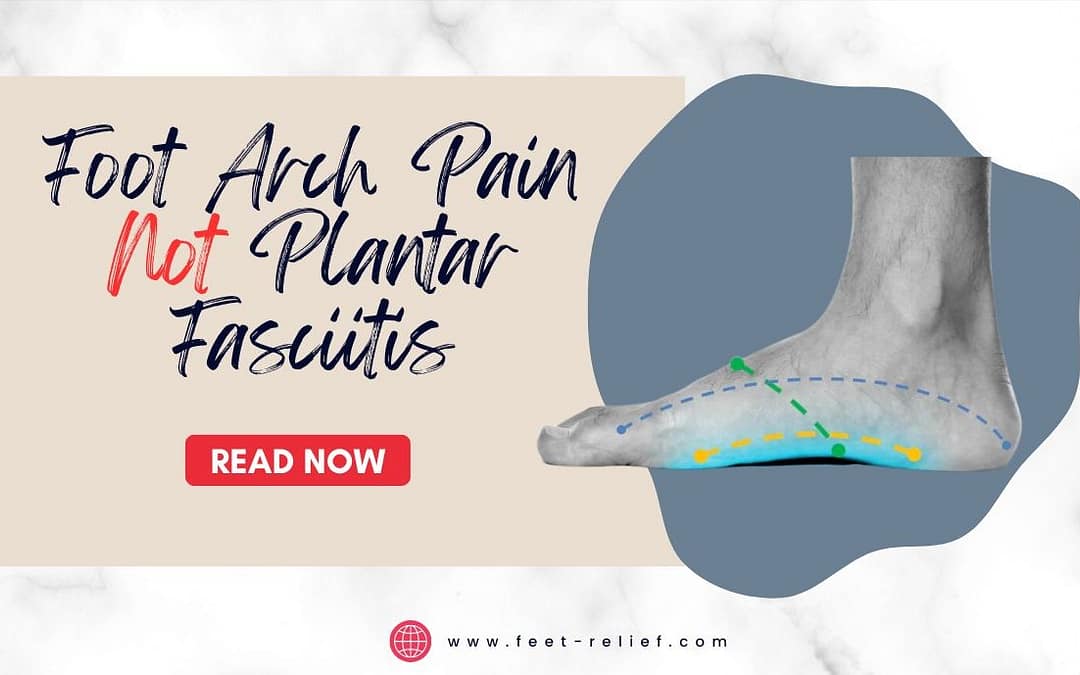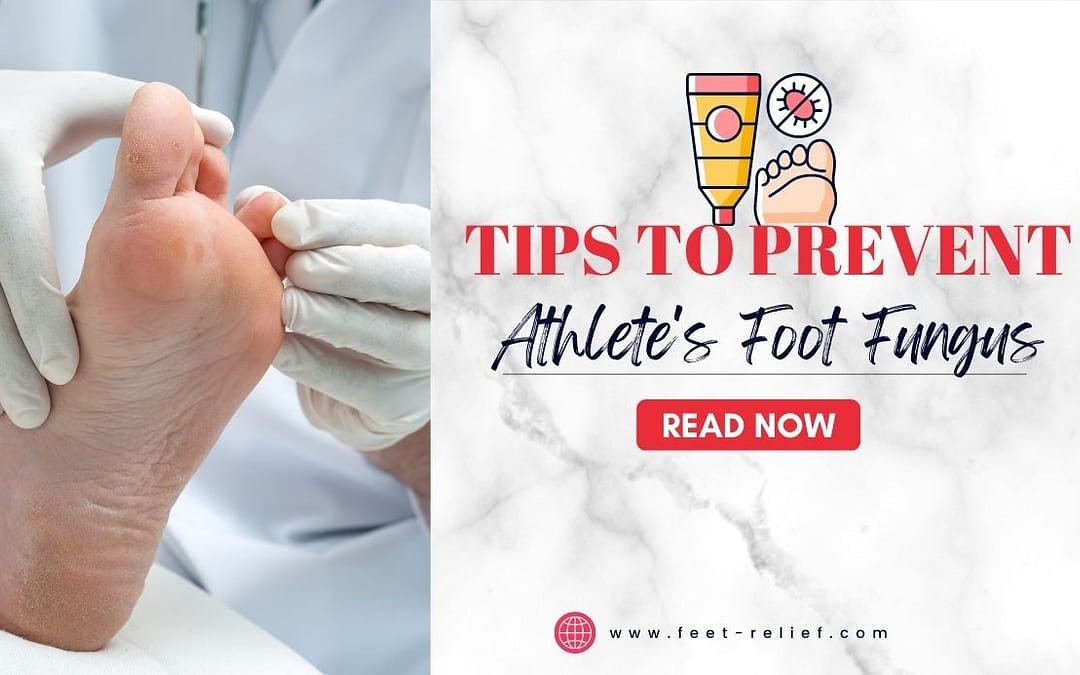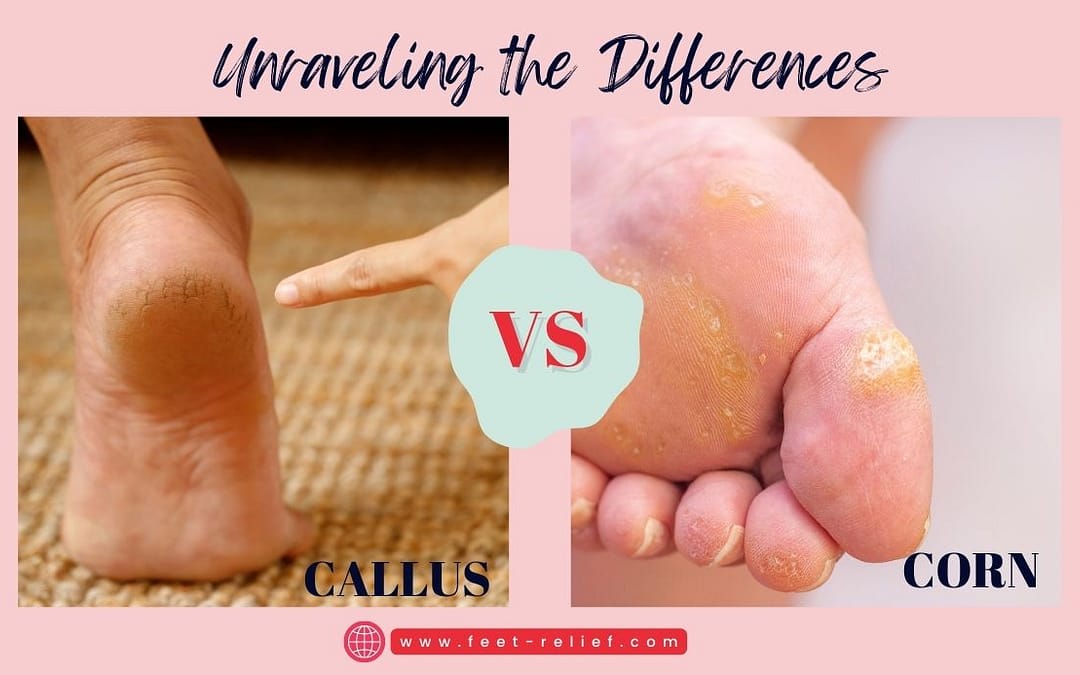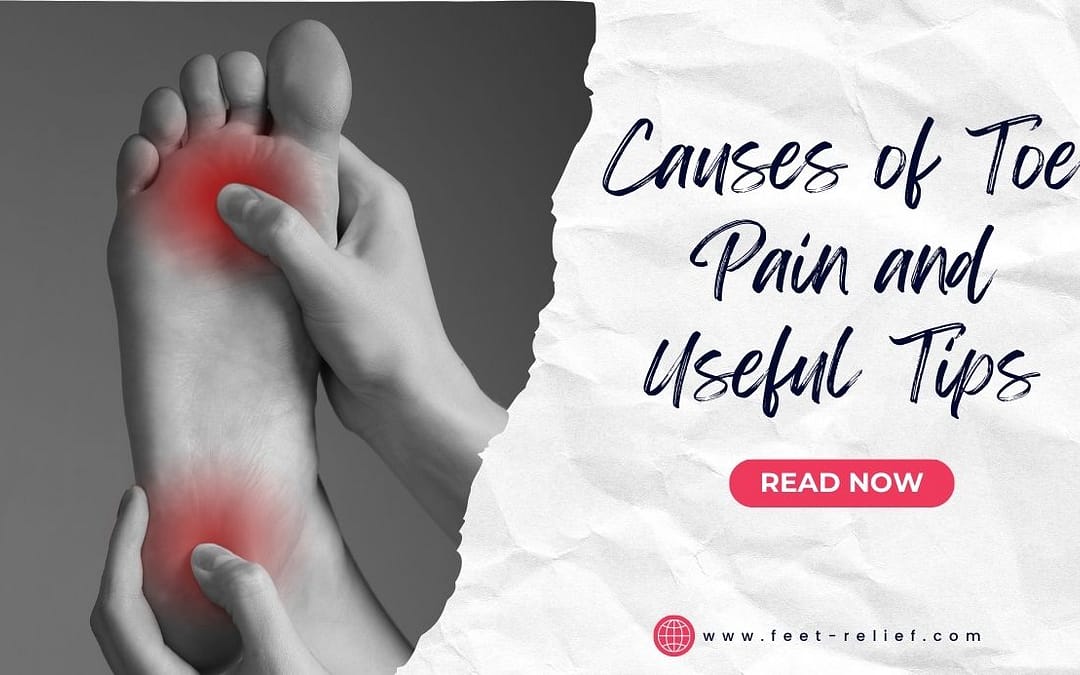
Foot Arch Pain Not Plantar Fasciitis?
Foot Arch Pain: Understanding Causes Beyond Plantar Fasciitis
Pain in the arches of the feet is a common condition that affects many people, and a variety of factors can cause it. While plantar fasciitis is a well-known cause of arch pain, it is not the only one. In fact, there are several other conditions that can cause pain in the arch of the foot, including tendon dysfunction, flat feet, high arches, and cavus foot.

Tendon dysfunction is a condition that occurs when the tendons in the foot become inflamed or injured. This can cause pain in the arch of the foot, as well as other symptoms such as swelling and stiffness. Flat feet and high arches can also cause pain in the arches, as they put extra pressure on the arch of the foot. Cavus foot is another condition that can cause foot arch pain, and it is characterized by a high arch and an overly supinated foot.
It is important to note that arch pain can have a significant impact on a person’s quality of life, as it can make it difficult to walk, run, or engage in other physical activities. Therefore, it is important to seek medical attention if you are experiencing foot arch pain, in order to determine the underlying cause and receive appropriate treatment.
What is Foot Arch Pain?
Arch pain in one or both feet is a common condition that can affect anyone, regardless of age or activity level. It is characterized by pain and discomfort in the arch of the foot, which is the curved area between the ball of the foot and the heel. The arch of the foot is supported by a complex network of muscles, tendons, and ligaments that work together to provide stability and support to the foot.
Symptoms
The symptoms of foot arch pain can vary depending on the severity of the condition. Some common symptoms include:
- Pain and tenderness in the arch of the foot
- Swelling and inflammation in the affected area
- Difficulty walking or standing for extended periods of time
- Stiffness and limited range of motion in the foot
- Numbness or tingling in the toes
If left untreated, arch pain can lead to more serious conditions such as flat feet or plantar fasciitis. It is important to seek medical attention if you are experiencing persistent or severe foot pain.
In some cases, foot arch pain can be caused by overuse or injury to the foot. This can occur due to activities such as running, jumping, or standing for extended periods of time. Other common causes of arch pain include:
- Flat feet or high arches
- Tendonitis or other forms of tendon dysfunction
- Arthritis or other inflammatory conditions
- Stress fractures or other types of bone injuries
- Nerve damage or compression
If you are experiencing foot arch pain, it is important to consult with a healthcare professional to determine the underlying cause of your symptoms. Treatment options may include rest, ice, compression, and physical therapy. In some cases, surgery may be necessary to correct the underlying problem.
Causes of Pain in the Arch of the Foot
Foot arch pain is a common condition that a variety of factors can cause. (see Medical News Today). Understanding the causes of foot arch pain can help individuals take necessary steps to alleviate the discomfort and prevent further damage.
Plantar Fasciitis
Plantar fasciitis is a common cause of painful arches pain. It occurs when the plantar fascia, a ligament that connects the heel bone to the toes, becomes inflamed or strained. This condition can cause stabbing pain in the heel or arch of the foot, especially when first getting out of bed in the morning or after prolonged periods of rest.
Stress Fracture
Stress fractures are tiny cracks in the bones of the feet. They can be caused by repetitive stress or overuse, particularly in athletes or individuals who spend a lot of time on their feet. Stress fractures can cause pain in the arch of the foot and may be accompanied by swelling and tenderness.
High Arches
Individuals with high arches, also known as cavus foot, may experience painful foot arches due to the excessive pressure placed on the ball and heel of the foot. This can cause pain and stiffness in the arch of the foot, as well as calluses and corns on the ball and heel.
Flat Feet
Flat feet, also known as fallen arches, can also cause painful arches. This condition occurs when the arches of the feet collapse, causing the entire foot to flatten. Flat feet can cause pain and discomfort in the arch of the foot, as well as swelling and stiffness.
Arthritis
Arthritis is a condition that can cause inflammation and pain in the joints of the body, including the feet. Individuals with arthritis may experience foot arch pain due to the inflammation of the joints in the foot. This can cause stiffness, swelling, and discomfort in the arch of the foot.
Overall, pain in the arches of the feet can be caused by a variety of factors, including injury, overuse, and medical conditions. Treatment options may include rest, stretching exercises, supportive shoes, custom foot orthotics, and medical advice from a healthcare provider.
Related: Understanding Common Foot Problems

Diagnosing Arch Pain and its cause
When a patient presents with arch pain, it is important to perform a thorough physical exam and potentially order imaging tests to determine the underlying cause. Here are some of the methods used to diagnose foot arch pain:
Physical Exam
During a physical exam, a healthcare provider will ask the patient about their symptoms and medical history. They will also perform a visual inspection of the foot to look for any swelling, redness, or deformities. The provider may also perform range of motion tests to assess the flexibility of the foot and ankle.
In addition, the provider may perform a gait analysis to observe how the patient walks and stands. This can help identify any issues with the patient’s gait that may be contributing to their pain in the arch of the feet.
Imaging Tests
If the physical exam does not provide enough information to diagnose the underlying cause of the arch pain, imaging tests may be ordered. These tests can help identify any structural abnormalities or damage to the foot.
Some of the imaging tests that may be used to diagnose foot arch pain include:
- X-rays: These can help identify any bone abnormalities or fractures.
- MRI: This can provide detailed images of the soft tissues in the foot, such as ligaments and tendons.
- CT scan: This can provide detailed images of the bones in the foot and can be useful in identifying stress fractures.
It is important to note that imaging tests are not always necessary to diagnose arch pain. In many cases, a thorough physical exam is enough to identify the underlying cause. However, if the physical exam is inconclusive, imaging tests may be necessary to make an accurate diagnosis.
Treating Arch Pain in one or both feet
Painful arches can be caused by a variety of factors, such as overuse, injury, or underlying medical conditions. Treatment options may vary depending on the cause and severity of the pain. Here are some common treatments for arch pain:
Rest and Ice
Resting the affected foot and applying ice can help reduce pain and inflammation. It is recommended to rest the foot for a few days and avoid activities that may aggravate the pain. Applying ice to the affected area for 15-20 minutes at a time, several times a day, can also help reduce swelling and pain.
Footwear and Orthotics
Wearing proper footwear and using orthotics can help support the arch and reduce pain. Shoes with good arch support and cushioning can help distribute weight evenly and reduce pressure on the arch. Orthotics, such as arch supports or custom-made shoe inserts, can also provide additional support and help correct any biomechanical issues that may be causing the pain.
Physical Therapy
Physical therapy can help improve foot strength, flexibility, and range of motion. A physical therapist can recommend exercises and stretches to help reduce pain and improve foot function. They may also use modalities such as ultrasound or electrical stimulation to help reduce pain and inflammation.
Medications
Over-the-counter pain relievers, such as ibuprofen or acetaminophen, can help reduce pain and inflammation. Topical pain relievers, such as creams or gels, can also be applied directly to the affected area for temporary relief.
Shock Wave Therapy
Shock wave therapy involves using high-energy sound waves to stimulate healing in the affected area. This treatment is typically used for chronic cases of foot arch pain that have not responded to other treatments.
Surgery
In severe cases of foot arch pain, surgery may be necessary to correct any structural issues or damage. Surgery may involve repairing or reconstructing the damaged tissue or fusing the bones in the foot to provide additional support.
Overall, treatment for foot arch pain should be tailored to the individual and their specific needs. It is important to consult with a healthcare professional to determine the best course of treatment for your foot arch pain.

Preventing Foot Arch Pain
Foot arch pain can be prevented by taking a few simple steps. Here are some tips that can help:
Related: Causes of Toe Pain and Useful Tips
Stretching and Exercise
Stretching and exercise can help prevent painful arches by keeping the muscles and ligaments in the feet strong and flexible. Some exercises that can be particularly helpful include:
- Toe curls: Sit with your feet flat on the ground and curl your toes under your feet, then release.
- Arch lifts: Stand with your feet flat on the ground and lift your arches as high as you can, then release.
- Calf stretches: Stand facing a wall with your hands on the wall and your feet flat on the ground. Step back with one foot and bend your front knee, keeping your back leg straight. You should feel a stretch in your calf.
Wearing Supportive Shoes
Wearing supportive shoes can also help prevent arch pain. Look for shoes that have good arch support and cushioning. Avoid high heels and shoes with thin soles, as these can put extra pressure on your feet.
Avoiding Hard Surfaces
Avoiding hard surfaces can also help prevent foot arch pain. Try to walk on softer surfaces, such as grass or carpet, whenever possible. If you have to walk on hard surfaces, such as concrete, try to wear shoes with extra cushioning.
By following these simple tips, you can help prevent foot arch pain and keep your feet healthy and pain-free.
























